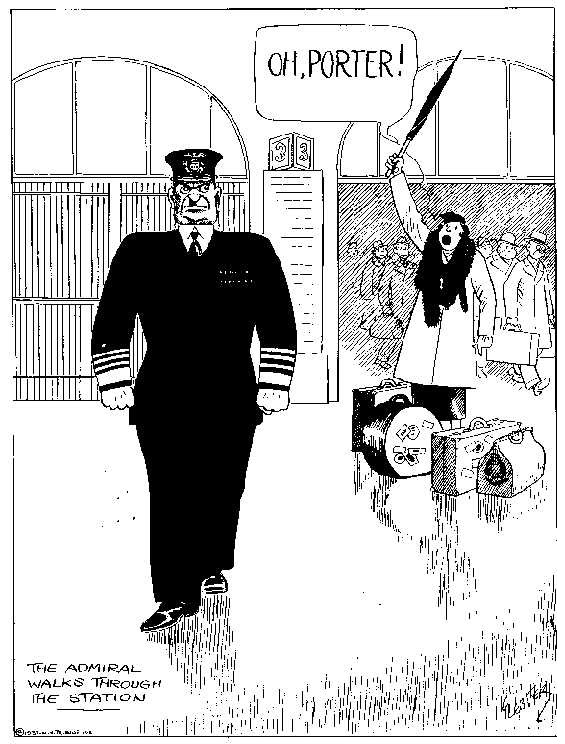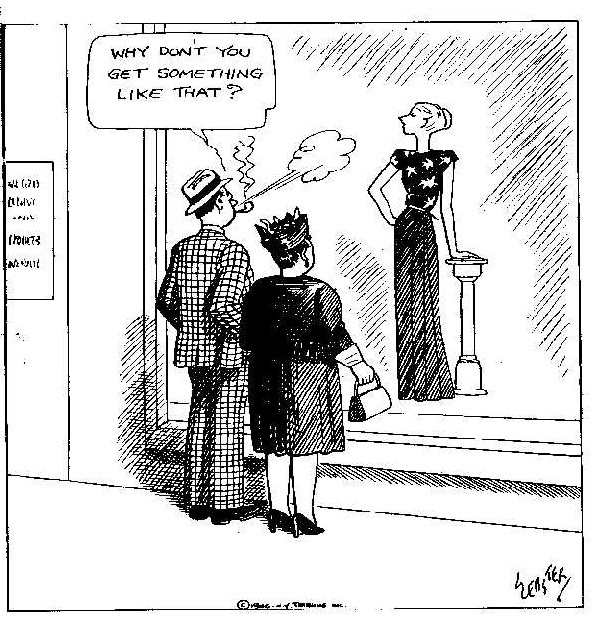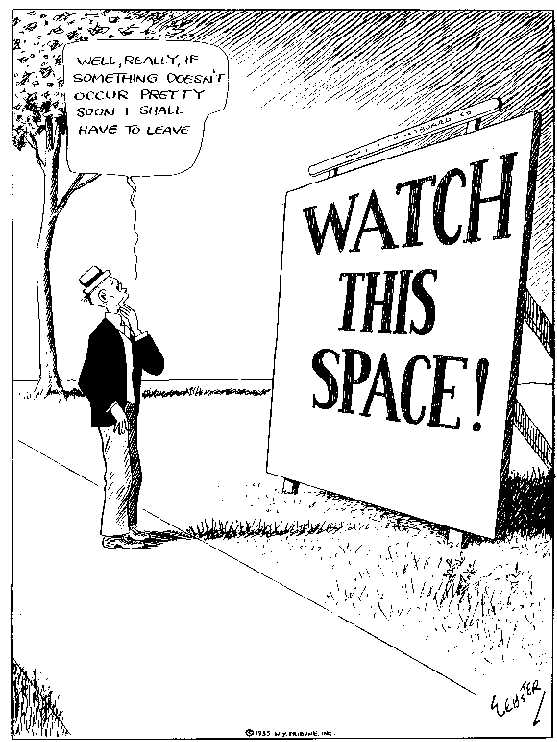Post by Deleted on Nov 19, 2017 15:00:55 GMT -5
You can watch the episode here or read the transcript here
It begins with a video retrospective of Ware's career and work (art spiegleman is among those who contribute) and then goes to Charlie's table where the discussion encompasses many topics including Charles Schultz & Peanuts, Windsor McKay, spiegleman, Ware's process and thoughts on cartooning, color theory, etc. etc. etc.
Absolutely fascinating discussion. I love Charlie Rose as an interviewer and to see him with Ware was just engrossing.
spiegleman on Ware:
Some comments by Ware:
Ware on Schultz...
and that's just barely scratching the surface of the piece. Go watch it.
-M
It begins with a video retrospective of Ware's career and work (art spiegleman is among those who contribute) and then goes to Charlie's table where the discussion encompasses many topics including Charles Schultz & Peanuts, Windsor McKay, spiegleman, Ware's process and thoughts on cartooning, color theory, etc. etc. etc.
Absolutely fascinating discussion. I love Charlie Rose as an interviewer and to see him with Ware was just engrossing.
spiegleman on Ware:
The way Chris thinks, what he's obsessed by does have to do with memory and loss, as if each panel was kind of like a little memory palace where you store a thought, a past, and find it again.
Some comments by Ware:
Drawing is simply another way of seeing, which we don't really do as adults. Children see all the time. Children are always drawing with their eyes. I think that's part of what becoming an artist is, is getting back in touch with that sense of experience and wonder that you have as a kid.
For me, color is sort of like a second story that's kind of overlaid on the page itself. When I'm drawing a page, I'll think about -- like, I know that a certain character, there's going to be something that has to be a certain color. And then when I start to color the page, things start to happen on the page in the same way that happen when I'm drawing the page, where they start to connect in ways that I wouldn't have otherwise predicted, like a red thing here will connect to something red down here. And then if I want that to be highlighted, I might make things more blue, and then the blue becomes a secondary sort of story
Ware on Schultz...
Well, Peanut -- Charles Schulz, I think, was the first cartoonist to create an empathetic character. Before his comic strips, comic strips were something you looked down on and laughed at. And his genius was to take his heart and put it into the artwork and into every line that he made so that the reader would go into the picture and come back out through the characters, and feel through those characters. And Charlie Brown was a character that you felt not only for but through. I mean, he moved me so much when I was a kid that he didn't get Valentines that I sent him a Valentine, or I gave it to my mom to send to him. I don't know what she did with it, but.
and that's just barely scratching the surface of the piece. Go watch it.
-M









